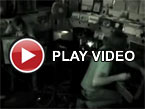 I am very much enjoying this new chapter of Wolf Eyes' career, as this second release on their Lower Floor imprint is every bit as deliciously wrong-sounding as Undertow, yet breaks some intriguing new ground.  The world is littered with iconic noise artists who flogged their one great idea to death and it is refreshing to see that John Olson, Nate Young, and James Baljo seem quite hellbent on avoiding that fate these days.  Granted, Strange Days II is only a lean 20-minute EP, but it is enough of a compelling detour to justify its existence despite that: it may be brief, but it is a complete and coherent statement.  As with most recent Wolf Eyes fare, it would be quite a stretch to call Strange Days II "noise," yet the trio definitely apply the genre’s tactics to unleash a corroded, thudding, and dystopian caricature of jazz (or at least a pleasingly gnarled twist on Zoviet France-style sci-fi tribalism).
I am very much enjoying this new chapter of Wolf Eyes' career, as this second release on their Lower Floor imprint is every bit as deliciously wrong-sounding as Undertow, yet breaks some intriguing new ground.  The world is littered with iconic noise artists who flogged their one great idea to death and it is refreshing to see that John Olson, Nate Young, and James Baljo seem quite hellbent on avoiding that fate these days.  Granted, Strange Days II is only a lean 20-minute EP, but it is enough of a compelling detour to justify its existence despite that: it may be brief, but it is a complete and coherent statement.  As with most recent Wolf Eyes fare, it would be quite a stretch to call Strange Days II "noise," yet the trio definitely apply the genre’s tactics to unleash a corroded, thudding, and dystopian caricature of jazz (or at least a pleasingly gnarled twist on Zoviet France-style sci-fi tribalism).
Two new shows just for you. We have squeezed out two extended release episodes for this weekend to get you through this week. They contain mostly new songs but there's also new issues from the vaults. The first show features music from Rider/Horse, Mint Field, Robert Aiki Aubrey Lowe, Anastasia Coope, ISAN, Stone Music, La Securite, Bark Psychosis, Jon Rose, Master Wilburn Burchette, Umberto, Wand, Tim Koh, Sun An, and Memory Drawings. The second episode has music by Laibach, Melt-Banana, Chuck Johnson, X, K. Yoshimatsu, Dorothy Carter, Pavel Milyakov, Violence Gratuite, Mark Templeton, Dummy, Endon, body / negative, Midwife, Alberto Boccardi, Divine. Cow in Maui from Veronika in Vienna. Get involved: subscribe, review, rate, share with your friends, send images! |



 Compiling recent small-run cassette works into a luxurious double record set, Essential Anatomies represents a reunion for the duo of Colin Andrew Sheffield and James Eck Rippie.  Collaborators since 2000 and friends for even longer, the four lengthy recordings here capture their Texas reunion in 2015, and with its undeniable sense of complexity and cohesion, makes it clear that they have not missed a step from their time apart.
Compiling recent small-run cassette works into a luxurious double record set, Essential Anatomies represents a reunion for the duo of Colin Andrew Sheffield and James Eck Rippie.  Collaborators since 2000 and friends for even longer, the four lengthy recordings here capture their Texas reunion in 2015, and with its undeniable sense of complexity and cohesion, makes it clear that they have not missed a step from their time apart.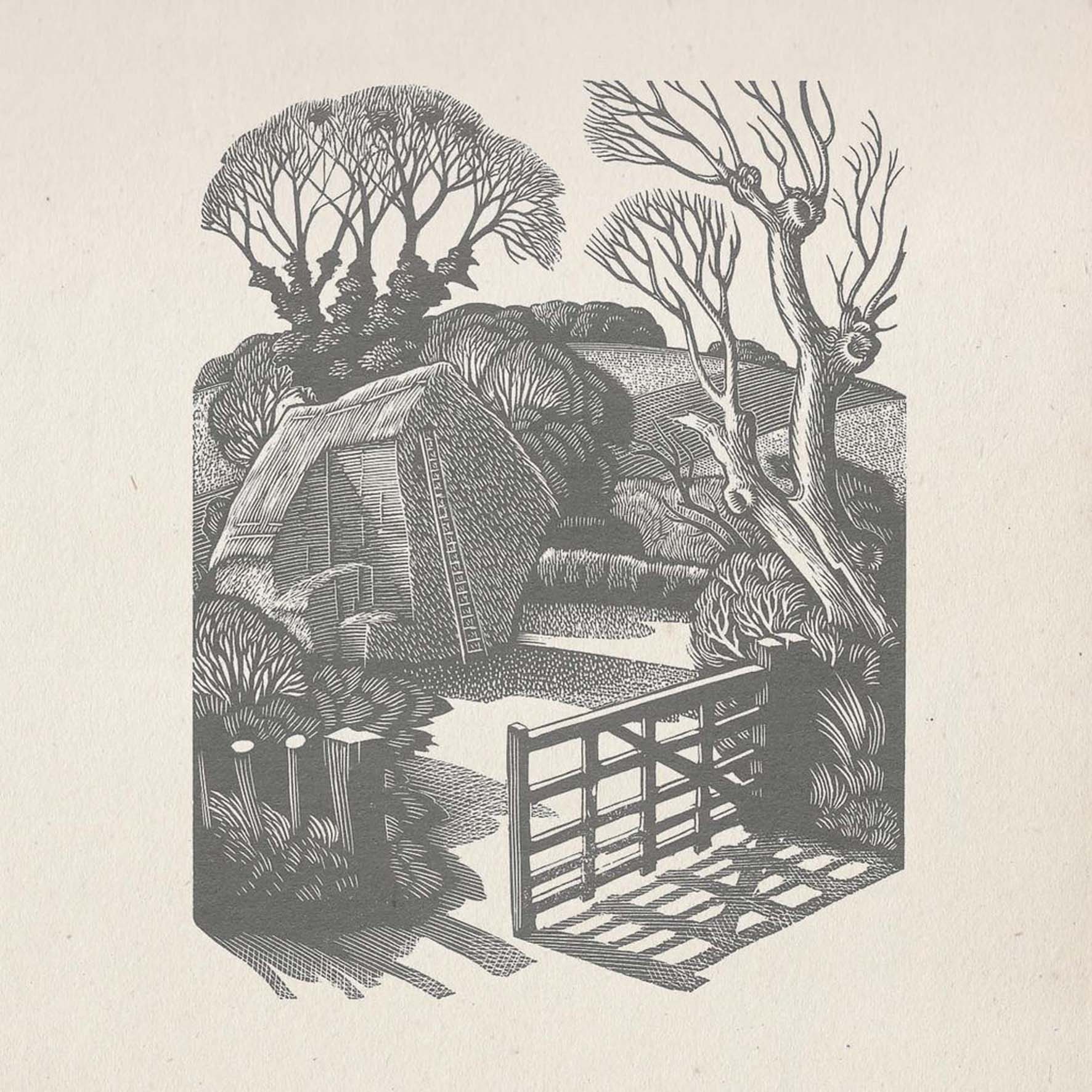 Ora was always a rather curious and enigmatic project, as the collective formed by Andrew Chalk and Darren Tate in the '80s has been historically characterized by extremely limited releases and shifting membership.  Time Out of Mind adds yet another strange chapter to the Ora tale, as it is a reworking of unreleased material that largely pre-dates Ora's debut release (1992's DAAC cassette).  Chalk and Tate make it clear that this is not a "lost album" though–it is more of an alternate history, suggesting a path that the project might have explored without the intervention of line-up changes and new working methods.  Naturally, Chalk fans will probably swoop down on this album en masse, as material from this project is so maddeningly rare, but this collection is a modest and understated affair content-wise, consisting primarily of brief sketches and vignettes of mysterious field recordings and bleary drones.
Ora was always a rather curious and enigmatic project, as the collective formed by Andrew Chalk and Darren Tate in the '80s has been historically characterized by extremely limited releases and shifting membership.  Time Out of Mind adds yet another strange chapter to the Ora tale, as it is a reworking of unreleased material that largely pre-dates Ora's debut release (1992's DAAC cassette).  Chalk and Tate make it clear that this is not a "lost album" though–it is more of an alternate history, suggesting a path that the project might have explored without the intervention of line-up changes and new working methods.  Naturally, Chalk fans will probably swoop down on this album en masse, as material from this project is so maddeningly rare, but this collection is a modest and understated affair content-wise, consisting primarily of brief sketches and vignettes of mysterious field recordings and bleary drones.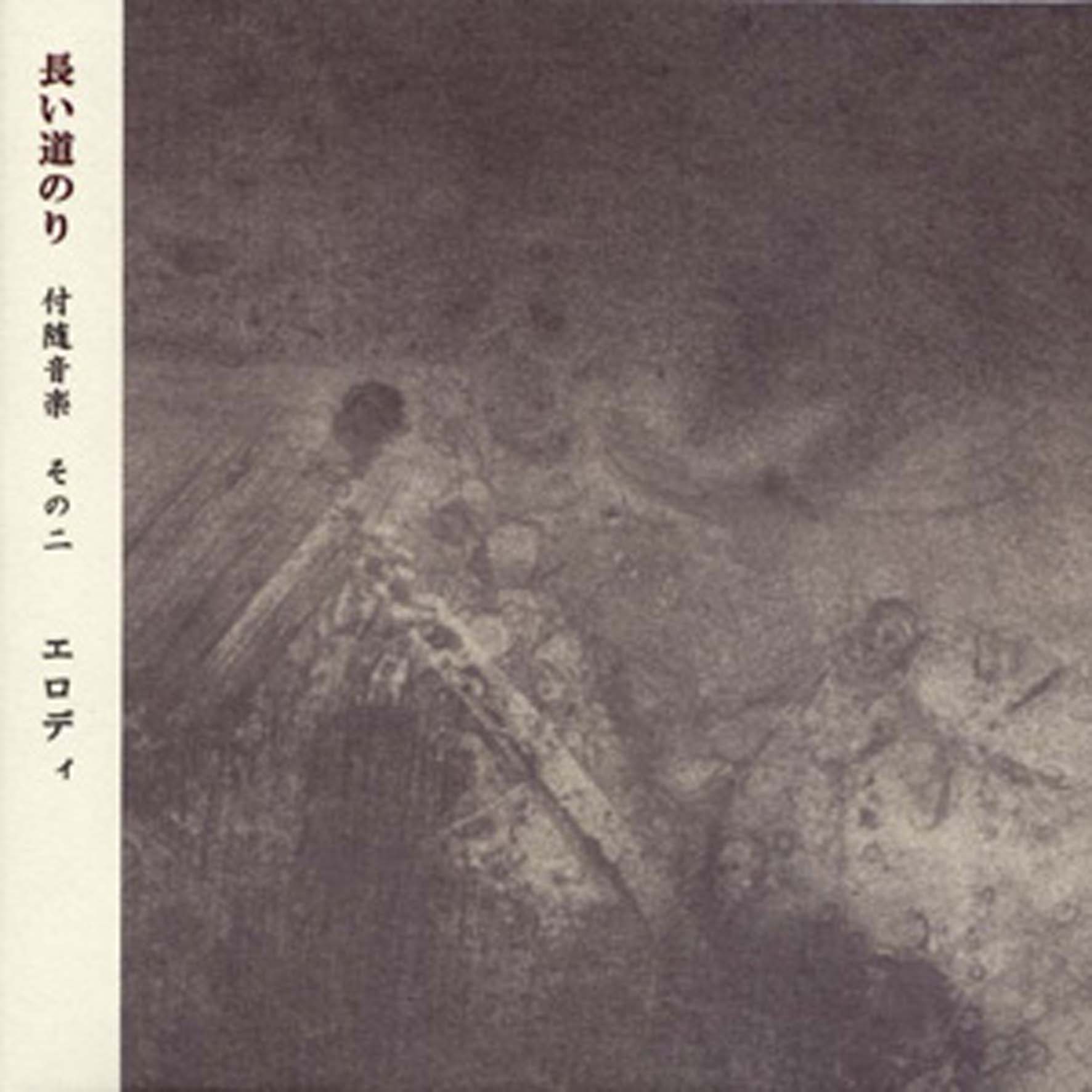 This collaboration between Andrew Chalk and Timo Van Luijk (Af Ursin) has been active since 2011, yet this is the first of their albums that I have actually heard, as Van Luijk shares Chalk's love of limited, small press-style releases.  As a result, Elodie's output has mostly been a series of vinyl-only releases from Belgium and Japan, though Stephen O'Malley’s Ideologic Organ has thankfully stepped up to get their next album to a wider audience.  On paper, Odyssee seems like a very poor choice for my first Elodie experience, as it has two traits that generally make me steer clear of an album: it is both a live recording and the soundtrack to a film.  In reality, however, this album is quietly stunning, taking Debussy-style Impressionism into gorgeously smoky, twilit, and eerily hallucinatory territory.
This collaboration between Andrew Chalk and Timo Van Luijk (Af Ursin) has been active since 2011, yet this is the first of their albums that I have actually heard, as Van Luijk shares Chalk's love of limited, small press-style releases.  As a result, Elodie's output has mostly been a series of vinyl-only releases from Belgium and Japan, though Stephen O'Malley’s Ideologic Organ has thankfully stepped up to get their next album to a wider audience.  On paper, Odyssee seems like a very poor choice for my first Elodie experience, as it has two traits that generally make me steer clear of an album: it is both a live recording and the soundtrack to a film.  In reality, however, this album is quietly stunning, taking Debussy-style Impressionism into gorgeously smoky, twilit, and eerily hallucinatory territory.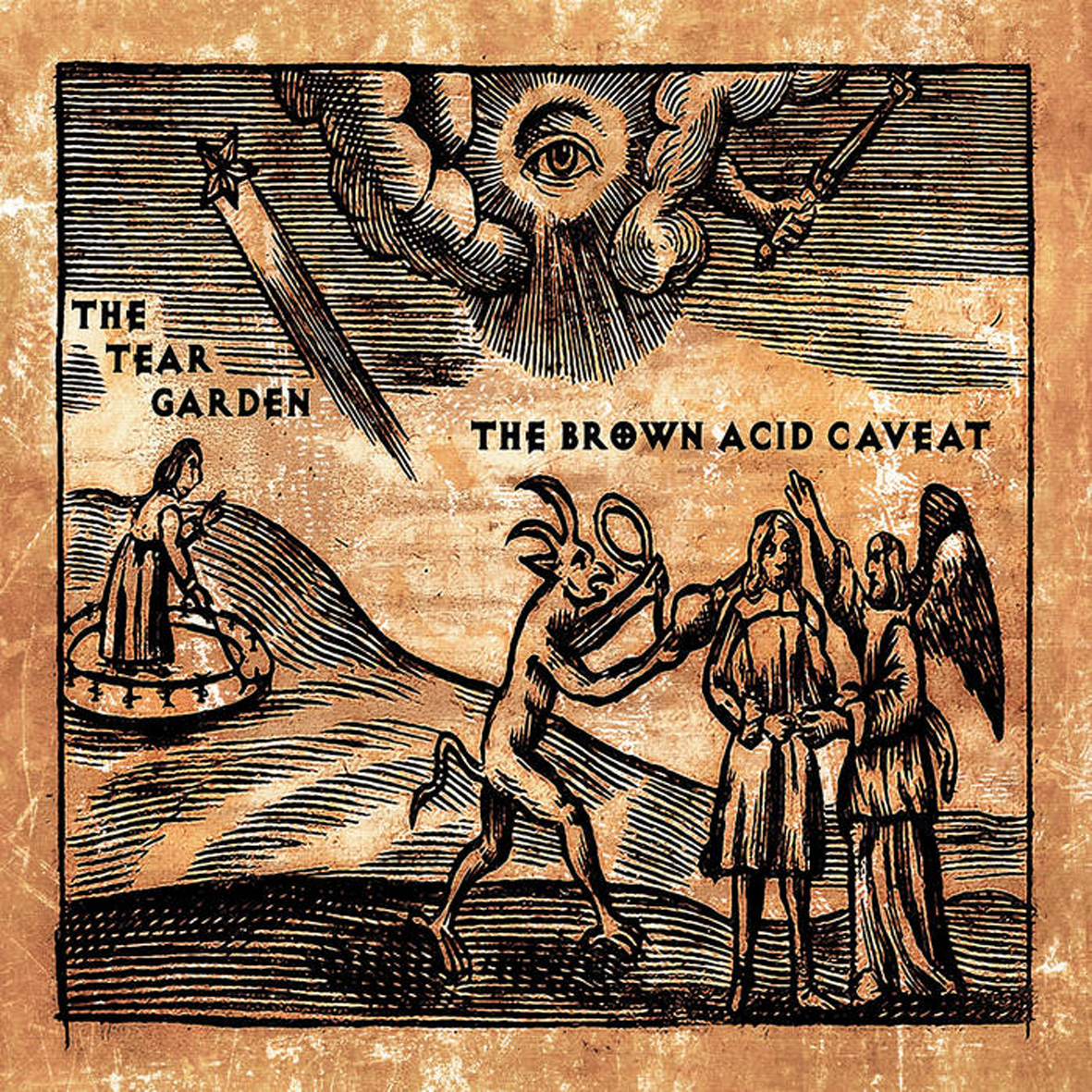 I had absolutely no idea what to expect from a new Tear Garden album, as it has been nearly a decade since the last one and The Brown Acid Caveat slowly came together while cEvin Key was dealing with cancer and Edward Ka-Spel was deeply immersed in I Can Spin A Rainbow.  Despite that, the impending release bizarrely took on a near-mythic significance for me, as this project has inspired several of Ka-Spel most enduring moments of genius ("Romulus and Venus," "Hyperform," etc.) and he has been riding quite a (fitful) hot streak over the last few years.  Also, the time simply felt right for The Tear Garden to return.  Happily, Caveat largely lives up to my unreasonably high expectations even while it subverts them, as the duo largely eschew deep psychedelia in favor of propulsive, tightly structured electronic pop (albeit with some inspired detours along the way).  Naturally, the album’s hookiness is mingled with Ka-Spel and Key's deeply skewed and oft-hallucinatory aesthetic, but I was still completely unprepared for the throbbing disco groove of the opening "Strange Land."
I had absolutely no idea what to expect from a new Tear Garden album, as it has been nearly a decade since the last one and The Brown Acid Caveat slowly came together while cEvin Key was dealing with cancer and Edward Ka-Spel was deeply immersed in I Can Spin A Rainbow.  Despite that, the impending release bizarrely took on a near-mythic significance for me, as this project has inspired several of Ka-Spel most enduring moments of genius ("Romulus and Venus," "Hyperform," etc.) and he has been riding quite a (fitful) hot streak over the last few years.  Also, the time simply felt right for The Tear Garden to return.  Happily, Caveat largely lives up to my unreasonably high expectations even while it subverts them, as the duo largely eschew deep psychedelia in favor of propulsive, tightly structured electronic pop (albeit with some inspired detours along the way).  Naturally, the album’s hookiness is mingled with Ka-Spel and Key's deeply skewed and oft-hallucinatory aesthetic, but I was still completely unprepared for the throbbing disco groove of the opening "Strange Land."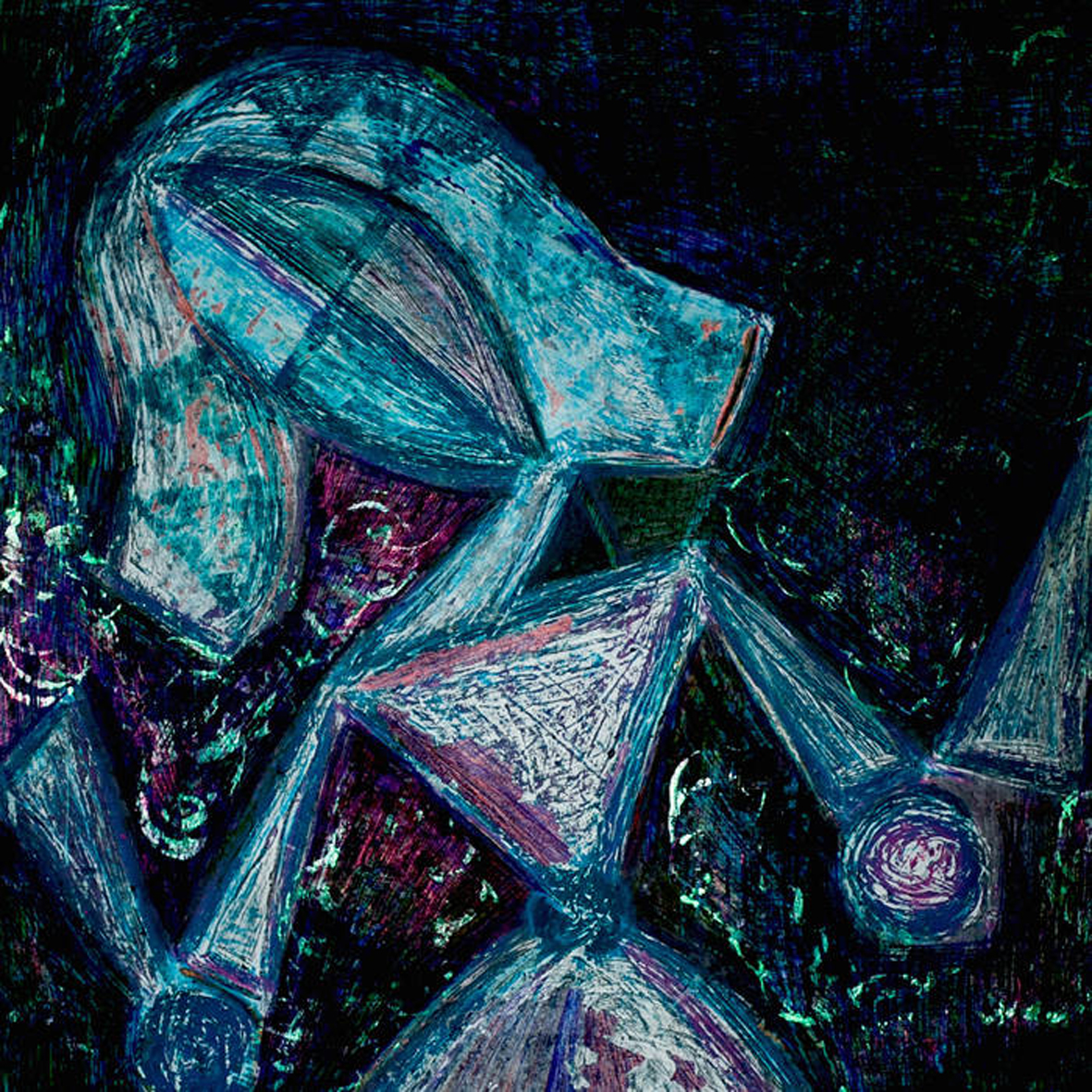
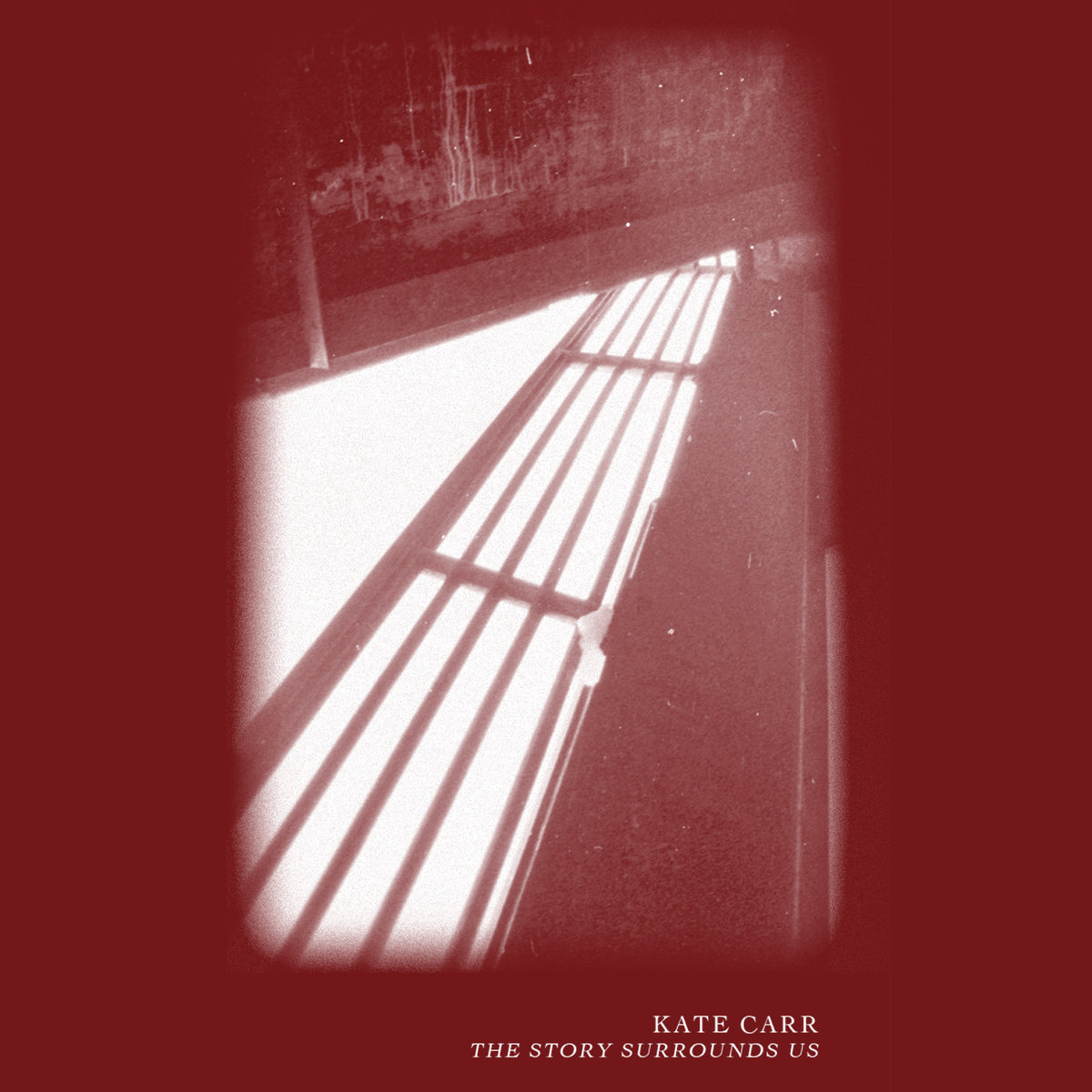 A rather fast follow-up to her last tape (It Was a Time of Laboured Metaphors, also on Helen Scarsdale), Australian sound artist Kate Carr's latest work is another entry in a rapidly growing discography that blends elements of both traditional composition and the unpredictable nature of field recordings. She does this and merges them together seamlessly, coming together as a beautiful set of sounds and moods from across the globe, yet still unified as a part of the human experience.
A rather fast follow-up to her last tape (It Was a Time of Laboured Metaphors, also on Helen Scarsdale), Australian sound artist Kate Carr's latest work is another entry in a rapidly growing discography that blends elements of both traditional composition and the unpredictable nature of field recordings. She does this and merges them together seamlessly, coming together as a beautiful set of sounds and moods from across the globe, yet still unified as a part of the human experience.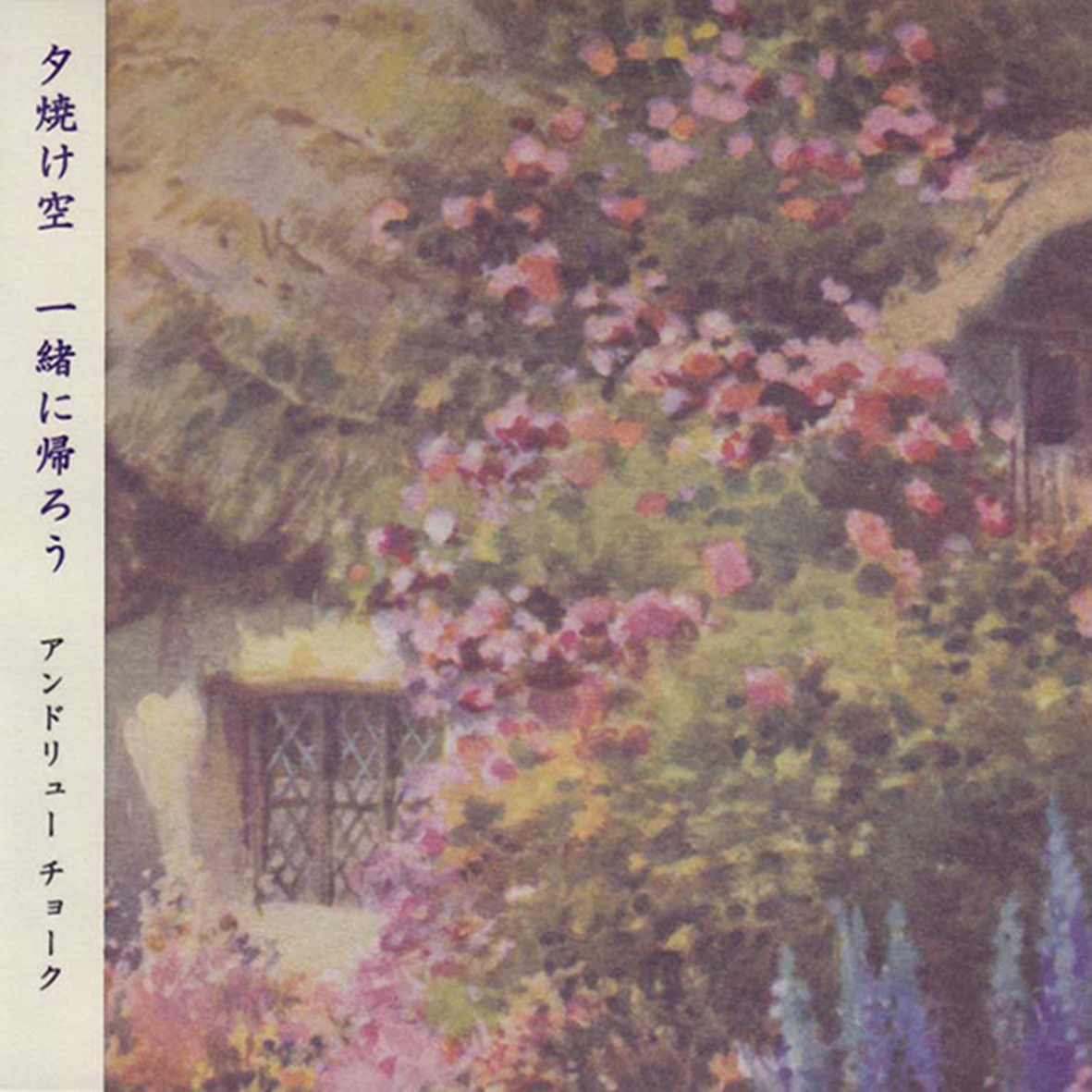 This is kind of a companion piece to 2015's absolutely sublime A Light At The Edge of The World, embracing a similarly fragile and dreamy mood, but taking a very different structural approach:  while its processor took the shape of an extended and gorgeously floating stasis, Everyone Goes Home When The Sun Sets consists of nearly twenty discrete and ephemeral miniatures.  That is not entirely new territory for Chalk, as that approach previously reached its apotheosis with 2012’s fine Forty-Nine Views In Rhapsodies' Wave Serene, but it is still a curious step away from his strengths and his longform comfort zone.  As such, Everyone Goes Home is not quite as immersive and hypnotic as Edge Of The World, but it is still a fairly unique release within Chalk's canon, as its gently hallucinatory drift of glimmering vignettes offers its share of nuanced and distinctively Chalk-ian pleasures.
This is kind of a companion piece to 2015's absolutely sublime A Light At The Edge of The World, embracing a similarly fragile and dreamy mood, but taking a very different structural approach:  while its processor took the shape of an extended and gorgeously floating stasis, Everyone Goes Home When The Sun Sets consists of nearly twenty discrete and ephemeral miniatures.  That is not entirely new territory for Chalk, as that approach previously reached its apotheosis with 2012’s fine Forty-Nine Views In Rhapsodies' Wave Serene, but it is still a curious step away from his strengths and his longform comfort zone.  As such, Everyone Goes Home is not quite as immersive and hypnotic as Edge Of The World, but it is still a fairly unique release within Chalk's canon, as its gently hallucinatory drift of glimmering vignettes offers its share of nuanced and distinctively Chalk-ian pleasures. As a follow-up to 2015's debut EP, the duo of multimedia artists Nicol Eltzroth Rosendorf and Jonathan Lukens expand on the ambiguity and sparseness on Two, while still showing marked development and innovation in their work. With their sonic palates expanded and a determined focus, the final product is an album that conveys a significant amount within its somewhat minimalistic framework.
As a follow-up to 2015's debut EP, the duo of multimedia artists Nicol Eltzroth Rosendorf and Jonathan Lukens expand on the ambiguity and sparseness on Two, while still showing marked development and innovation in their work. With their sonic palates expanded and a determined focus, the final product is an album that conveys a significant amount within its somewhat minimalistic framework.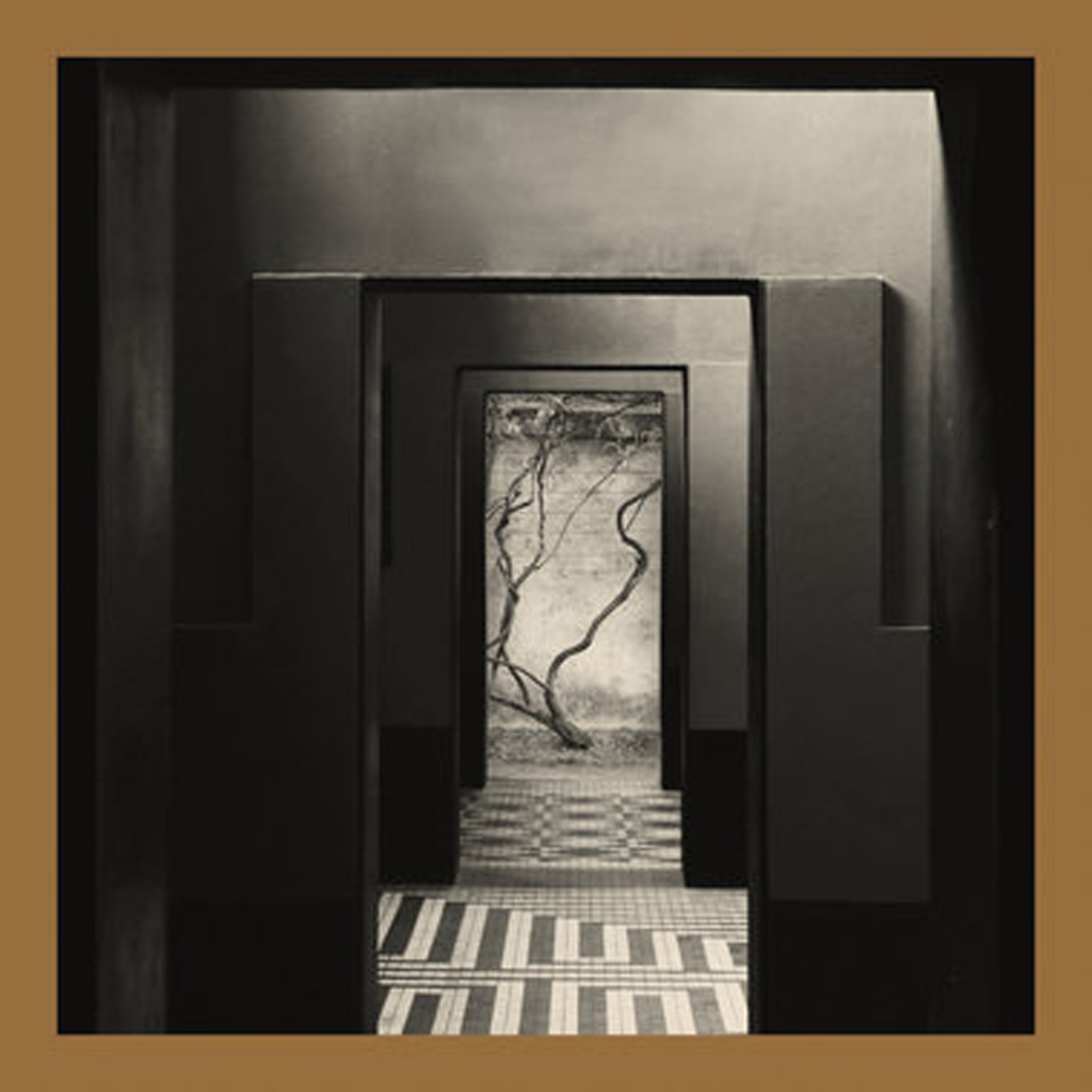 Yair Elazar Glotman's monster Études album lamentably slipped by me when it surfaced in 2015, but I immediately became quite a fan once I finally heard it.  As a result, I was thrilled to discover that he was returning once more to wood and strings after last year's Blessed Initiative album.  His collaborator, Mats Erlandsson, is a part of the primarily noise-based Posh Isolation milieu, which makes this an intriguing pairing for the task at hand: creating "imaginary, dislocated 'folk' music for the current dark ages" (exactly the sort of endeavor that seems tailor-made for Miasmah).  Given that the two artists are primarily known for experimental/electronic fare, it is a bit eyebrow-raising to find them exclusively wielding an eclectic array of zithers, singing bowls, Moroccan lutes, and other traditional instruments here, but their production talents prove to be quite useful for shaping their acoustic ethno-appropriations into a shadowy suite of appealingly seething and grinding neo-classical brooding.
Yair Elazar Glotman's monster Études album lamentably slipped by me when it surfaced in 2015, but I immediately became quite a fan once I finally heard it.  As a result, I was thrilled to discover that he was returning once more to wood and strings after last year's Blessed Initiative album.  His collaborator, Mats Erlandsson, is a part of the primarily noise-based Posh Isolation milieu, which makes this an intriguing pairing for the task at hand: creating "imaginary, dislocated 'folk' music for the current dark ages" (exactly the sort of endeavor that seems tailor-made for Miasmah).  Given that the two artists are primarily known for experimental/electronic fare, it is a bit eyebrow-raising to find them exclusively wielding an eclectic array of zithers, singing bowls, Moroccan lutes, and other traditional instruments here, but their production talents prove to be quite useful for shaping their acoustic ethno-appropriations into a shadowy suite of appealingly seething and grinding neo-classical brooding.